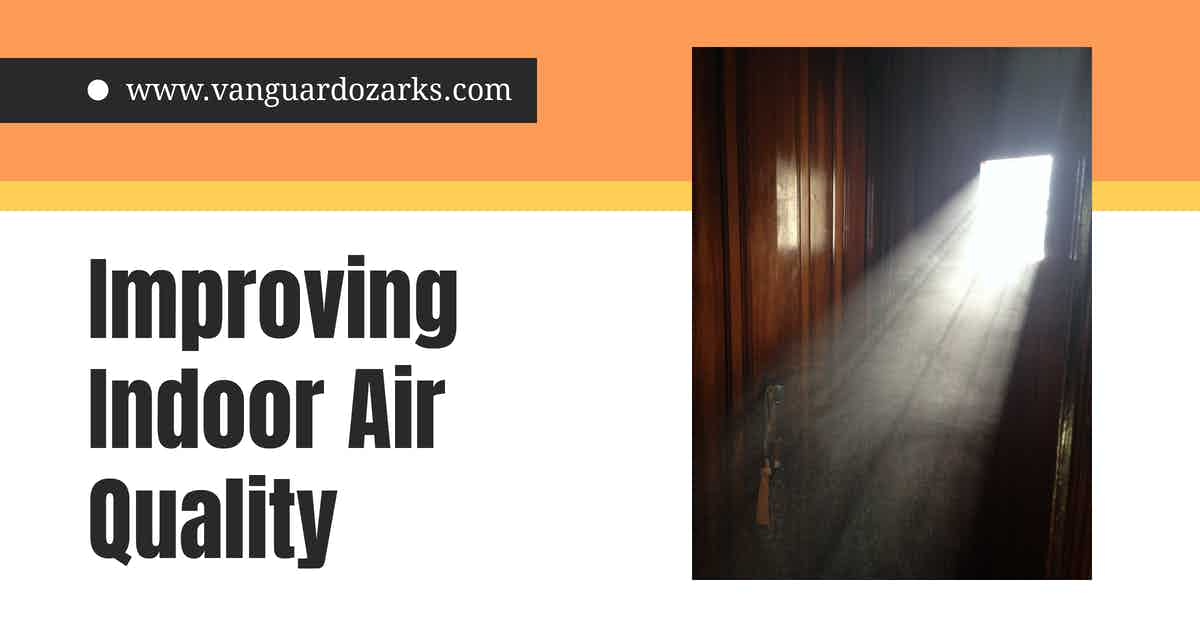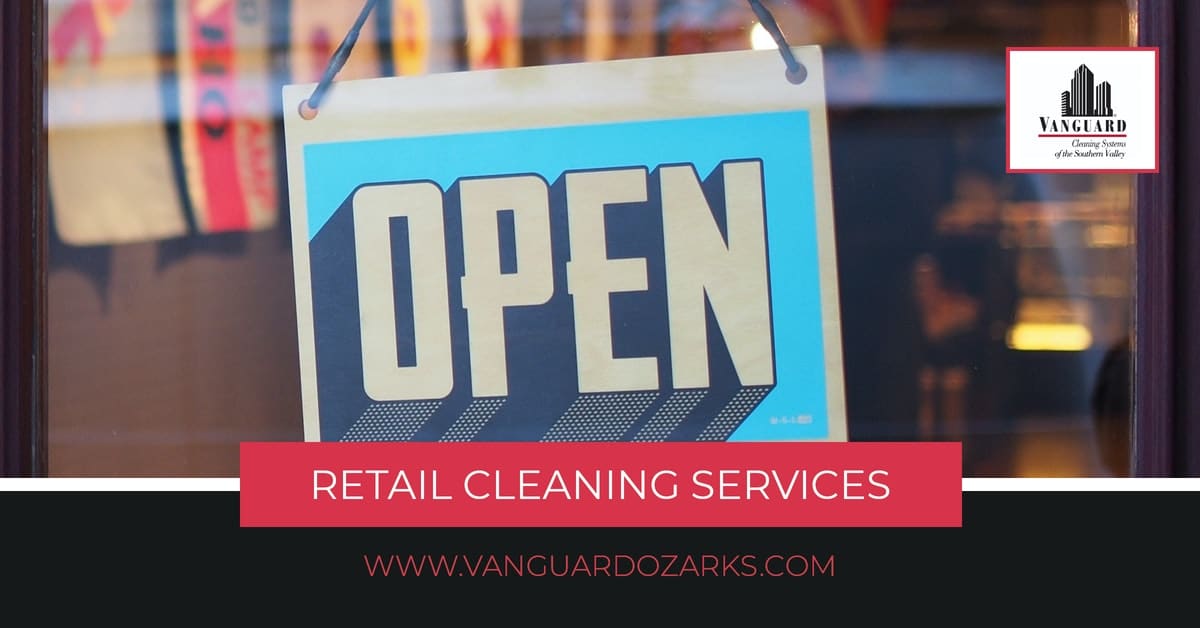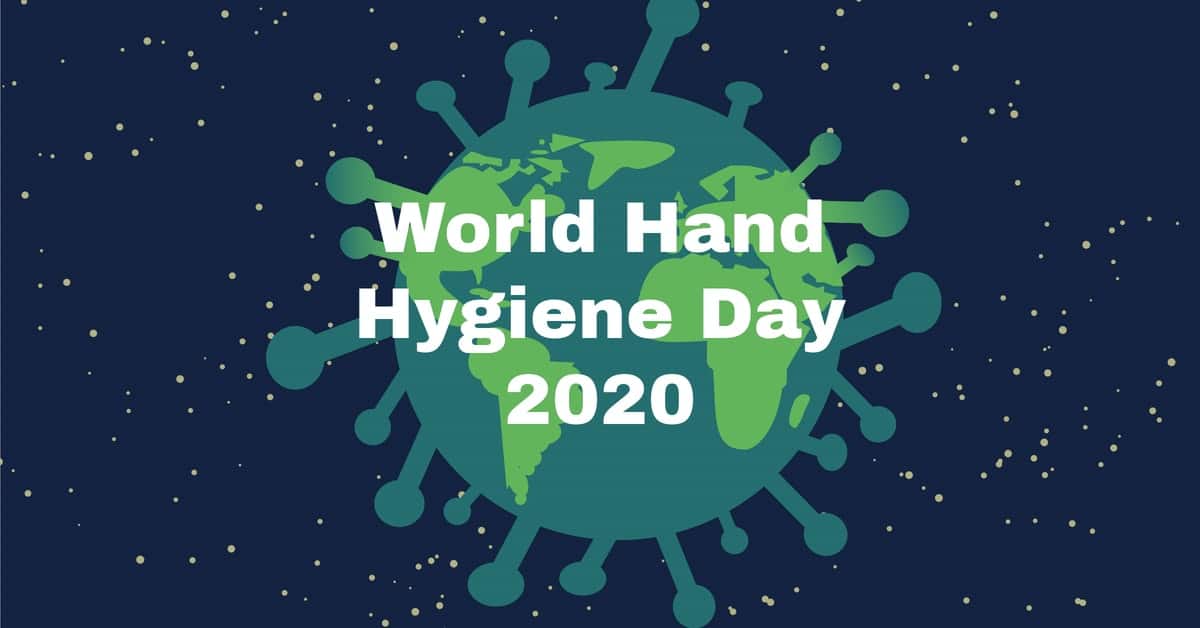Indoor air quality plays a vital part in the health and wellness of facility occupants and is a critical component that must be monitored and controlled as schools and businesses begin to reopen long-shuttered classrooms, stores, restaurants, and offices.
Improving Indoor Air Quality
Correct Cleaning Corresponds With Consumer Confidence
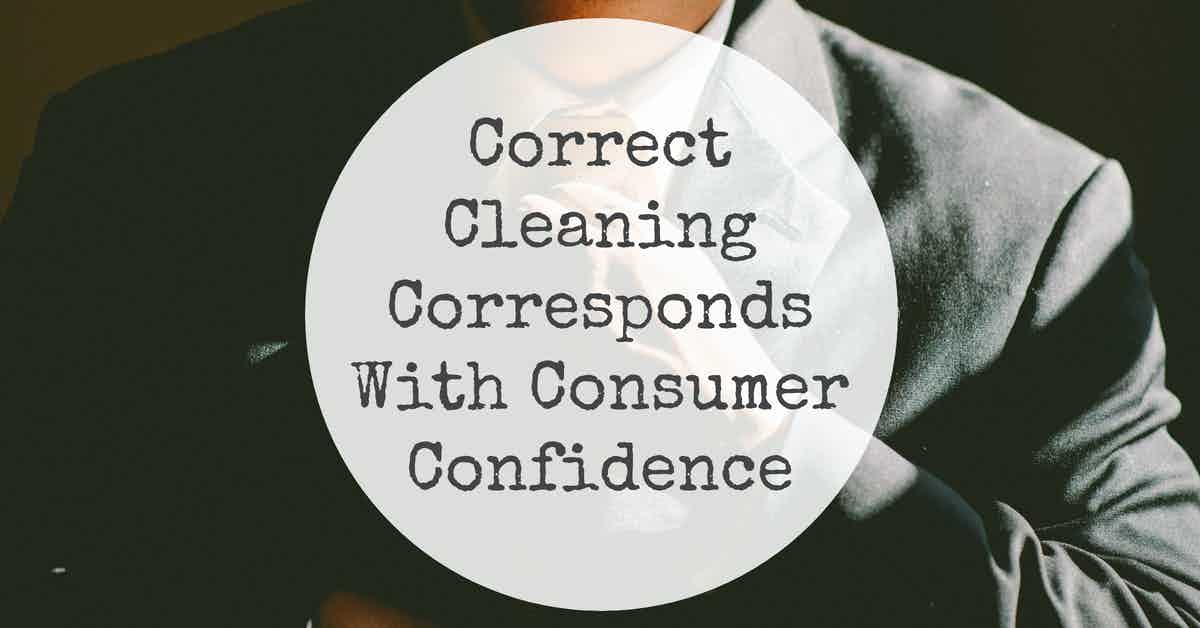
Enhanced cleaning practices combined with increased occupant engagement and communication are rapidly emerging as top-level requirements for consumers across multiple industries.
Consumer Fears are Changing the Cleaning Industry
Consumer fears regarding the spread of certain pathogens have led to an increase in unsafe cleaning and disinfection practices due, in large part, to two distinct criteria:
Increased awareness of the necessity of improved cleaning and hygiene practices, and;
A lack of information pertaining to the health and safety precautions necessary when cleaning and disinfecting.
How To Get Rid Of That Smell
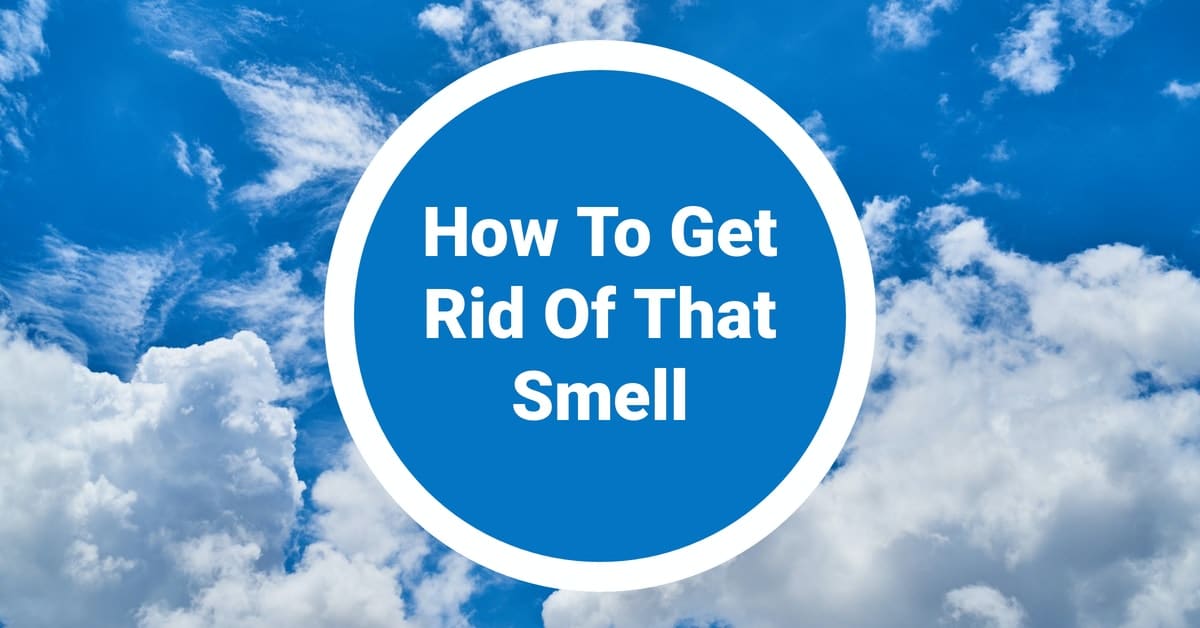
Numerous studies have established a strong correlation between facility odors and low-quality occupant wellness, happiness, and productivity--ultimately leading to reductions in student attendance, as well as customer satisfaction and purchases.
Dealing With Facility Odors
Facility bio odors originate from multiple locations and are routinely cited by custodial workers as the most challenging task on their list.
Summer School Cleaning
Occupant Wellness
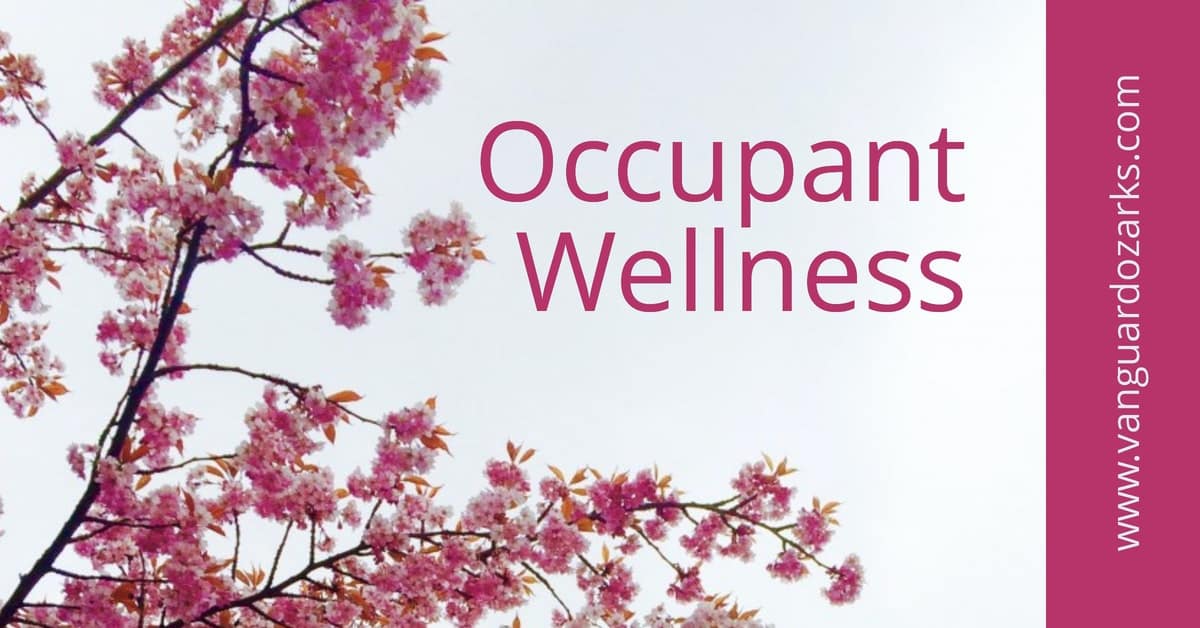
Going forward, paths to ensuring occupant wellness will take precedence over many other priorities typical to business endeavors to promote ongoing and increasing public health and safety.
Ensuring Facility Occupant Wellness
Cleaning trends had long been moving toward a focus on cleaning for occupant health and wellness over appearance.
Reopening Restaurants
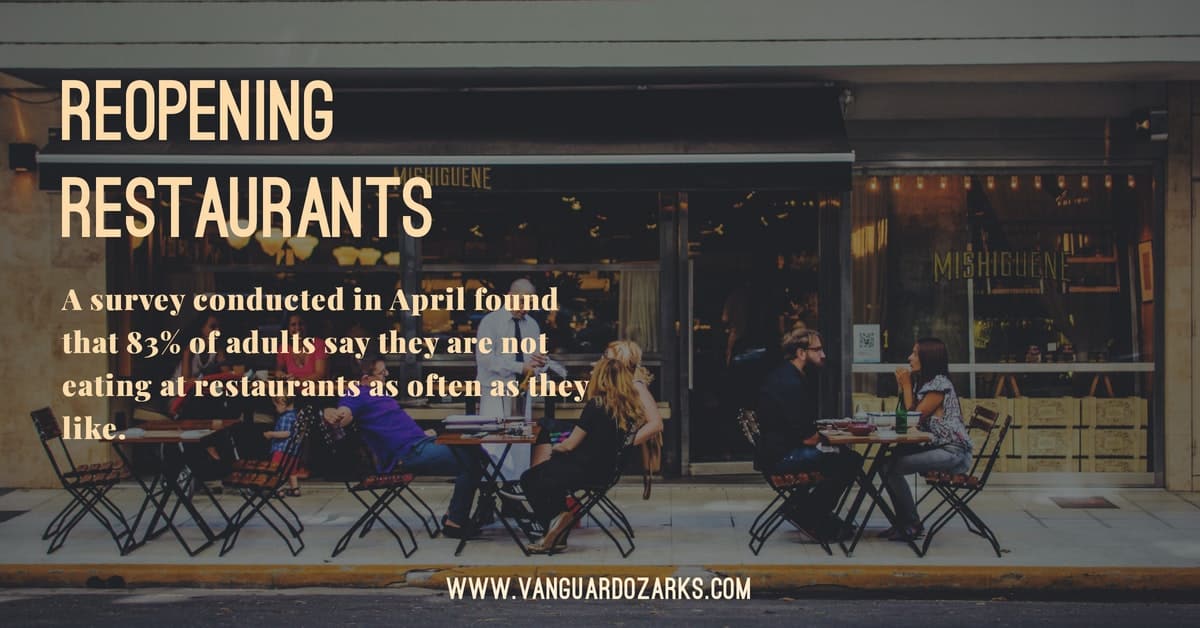
As restaurants and hospitality-based foodservice operations return to business across the country, new approaches to cleanliness and hygiene will be required to ensure the ongoing health and safety of their workers and diners.
Reopening Restaurants With Enhanced Cleaning Protocols
Restaurants across the country took a significant hit this year, and business-as-usual is likely a thing of the past.
Recreation Center Touchpoint Cleaning
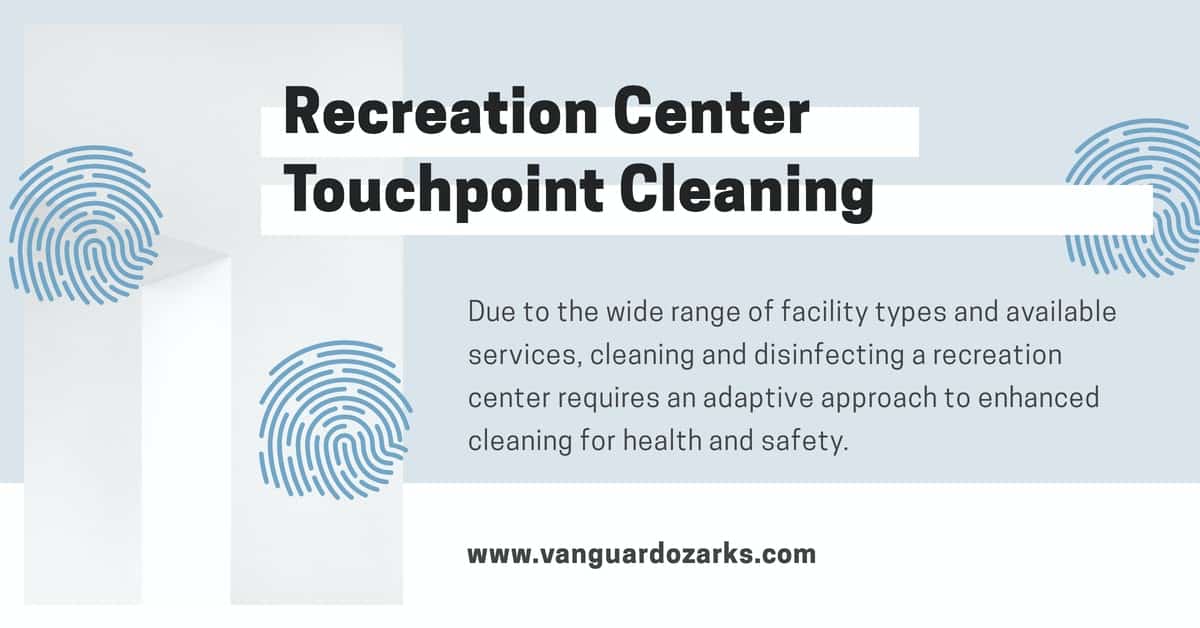
Due to the wide range of facility types and available services, cleaning and disinfecting a recreation center requires an adaptive approach to enhanced cleaning for health and safety.
Touchpoint Cleaning for Rec & Fitness Centers
Touchpoint cleaning and disinfection services are crucial for maintaining the health and safety of facility occupants in recreation and fitness centers.
Retail Cleaning Services
World Hand Hygiene Day 2020
Locker Room Cleaning
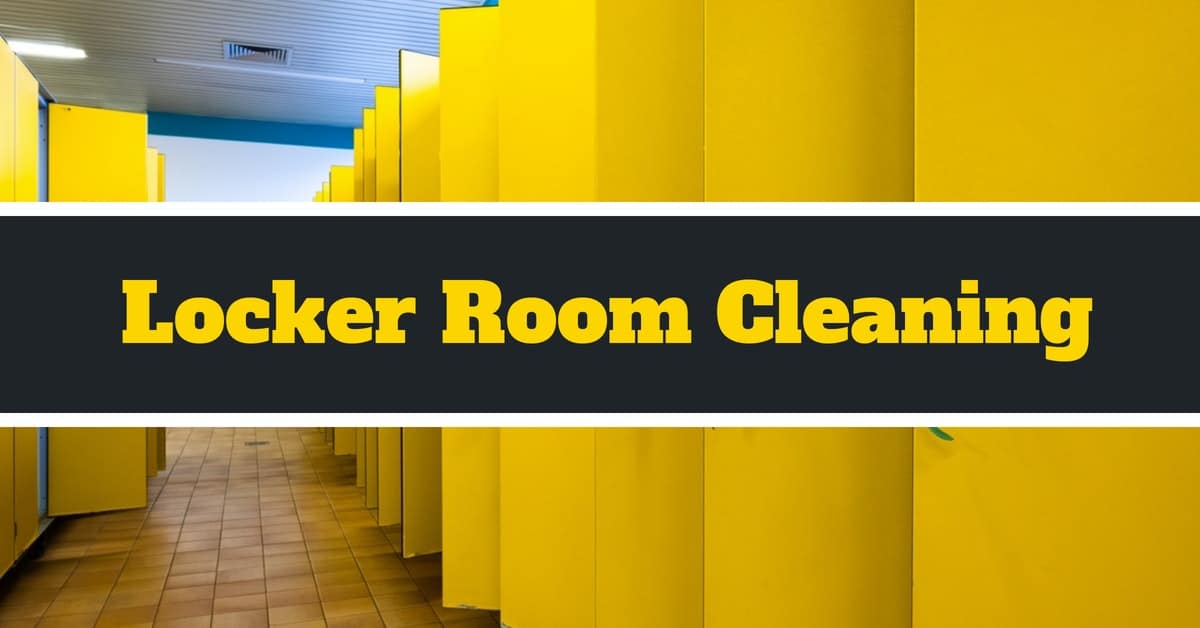
Locker room cleaning for health is necessary for eliminating disgusting odors and ensuring the health and safety of student-athletes all year long.
Locker Room Cleaning For Health
It is estimated that more than 36 million U.S. students between the ages of 5 and 18 participate in athletics each year, and for a good reason.

